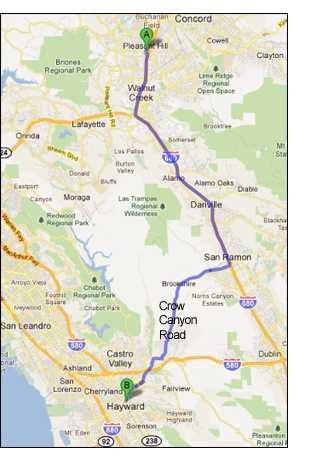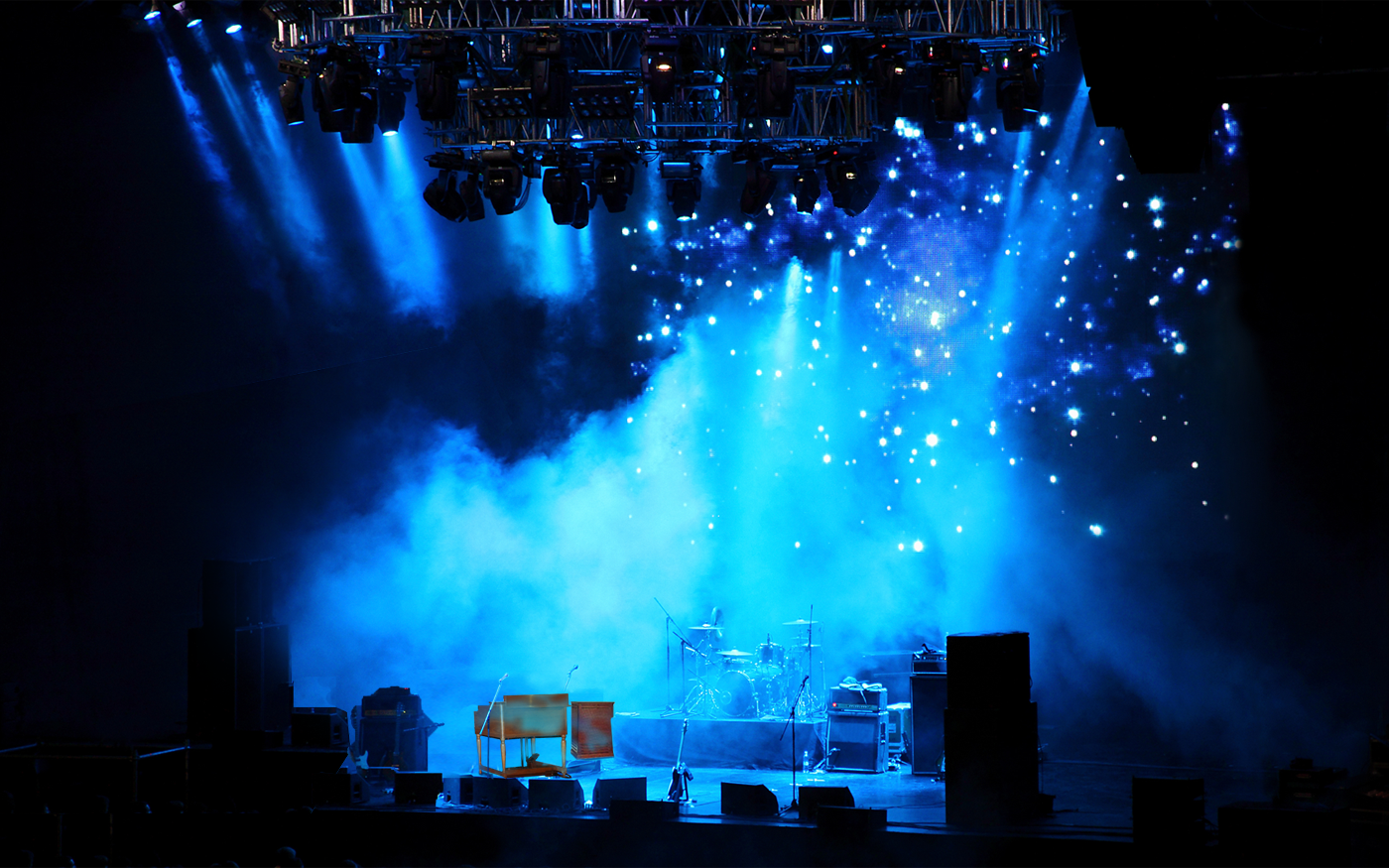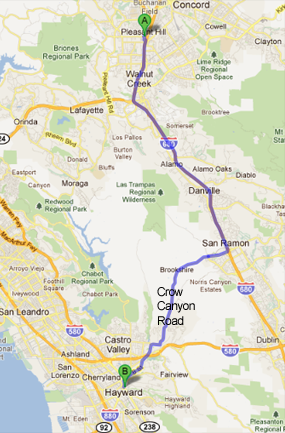Great San Franciscan Characters: #1 Carol Doda
January 17, 2011 by A Golden Gate State of Mind
Rather than start this series with a politician, business or military leader, important and influential in the city’s development though many have been, I thought I would focus on someone who epitomises the colourful, free spirited and boundary stretching personality of the city.
Carol Ann Doda was born of soon to be divorced parents on 29 August 1937 in Solano County, California, growing up in Napa. She dropped out of school and become a cocktail waitress and lounge entertainer at aged 14.
Described by the Internet Movie Database as a “lovely, busty and curvaceous blonde bombshell” she achieved fame, or notoriety depending upon your point of view, on 19 June 1964 at the Condor Club at the corner of Broadway and Columbus in North Beach, by dancing in a topless swimsuit, the first recognised entertainer of the era to do so, and spawning similar exhibitionism across the nation’s clubs. Such was her popularity that delegates from the 1964 Republican National Convention flocked to see her and she was given a film role as Sally Silicone in Head, created by Jack Nicholson and Bob Rafelson, and featuring The Monkees. She appeared in another six films.

Wikipedia describes her act, which she performed twelve times nightly, thus: (it) “began with a grand piano lowered from the ceiling by hydraulic motors; Doda would be atop the piano dancing. She descended from a hole in the ceiling. She go-go danced the Swim to a rock and roll combo headed by Bobby Freeman as her piano settled on the stage. From the waist up Doda emulated aquatic movements like the Australian crawl. She also did the Twist, the Frug and the Watusi”.
She later enhanced her bust size from 34B to 44DD through a total of 44 silicone injections, earning her breasts the nicknames of “the new Twin Peaks of San Francisco”. She had them insured for $1.5 million with Lloyd’s of London.
Doda created a further seismic impact in the entertainment industry on 3 September 1969 by dancing completely naked at the Condor, though she was obliged to put the bottom part of her costume back on again in 1972 after a rule was passed prohibiting nude dancing in establishments that served alcohol.
After appearing for more than a decade on KGSC-TV she returned to dancing at the Condor three times a night in 1982, “in a gold gown, traditional elbow-length gloves, and a diaphanous-wraparound. Her clothing was removed until she wore only a G-string and the wraparound. In the final portion she was attired in only the wraparound. Her small body looked slimmer without clothes which was emphasised by the dwarfing effect of her breasts”.
Retiring from stripping later in the decade she formed her own rock band, the Lucky Stiffs. She now runs the highly respectable “Carol Doda’s Champagne and Lace Lingerie Boutique” in Cow Hollow. Well into the new millenium, however, she was performing – with her clothes on – at a variety of North Beach clubs, including Amante’s and Enrico’s Supper Club, singing club standards like “All of Me”.
Despite the notoriety she earned by being the first dancer to break the topless / bottomless taboos in the U.S., her act was rarely regarded as sleazy. As she herself said: “I always just wanted to give people a good time, have fun. Nothing really dirty – just fun”.
And finally she has been truly immortalised in having a hamburger named after her at Bill’s Place on Clement at 24th in the Outer Richmond!
CROW CANYON ROAD
Pleasant Hill to Hayward, California via Crow Canyon Road
Pleasant Hill to Hayward, California via Crow Canyon Road
Back when our band, then called The Checkmates, came to California, most of us lived inland around Pleasant Hill and Walnut Creek because the first club we worked in was in Pittsburg, CA a few miles further north and east. When we started working at the Town Club in Hayward in late spring of 1965 we had to make that trek each night back and forth from work.

The hard part was the weekends. Not only did we have to play Friday and Saturday, 9pm to 2am like the other nights, we also had to be back Saturday and Sunday mornings, 4 hours later when the bar opened and liquor could be served to play a 4 hour jam session. Not enough time to get home and back so we found ways to stay up all night, at afterhours clubs like Soul City or even sleeping in the back seat of a car for a few hours. Later, to make more money we even became the house band at Soul City, which meant we were expected to play for 12 straight hours before we could drive from the East Bay back inland to our apartments.
Back then there wasn’t a freeway that ran through the mountains so we had to traverse twisty Crow Canyon Road when we were often so exhausted we would hallucinate. I remember staring out the window from the passenger side (not driving fortunately) and seeing mailboxes we were passing and losing all sense of motion and thinking they were rabbits. Going through the canyons was definitely like being down the rabbit hole. We did it for six months and in the end we had a much tighter band and a new name.
What I find particularly interesting is that in Google Maps, choosing directions between Pleasant Hill and Hayward, there is a ‘3D’ button. When pressed it actually switches to satellite view and animates traveling along the route, up and down and around along Crow Canyon to where it comes out on the backside of the mountains near San Ramon before heading north through Walnut Creek and into Pleasant Hill. Maybe I’m easily amused but I love taking that trip because it reminds me of those days. Many years ago it inspired me to write a short story, ‘The House on Crow Canyon Road’. Unfortunately through years of moving I seemed to have misplaced it. I hope in one of those motivated moments when I decide to really straighten out the garage that I’ll find it again.
Four Great Fender Guitar/Amp Combinations
 A Stratocaster and a Twin Reverb-Amp—one of the all-time great Fender guitar/amp combinations |
Fender has been noted worldwide for well more than half a century as one of the few manufacturers that is equally acclaimed for its guitars and amplifiers. Down through its long history, a handful of Fender guitars and amps have been paired together in what proved to be classic combinations.
Although Fender has evolved with the times over that long history, those classic combinations are without exception still present in modern-day versions of their time-honored predecessors. Here then are four great Fender guitar/amp combinations, including modern counterparts that await you today at your nearest Fender dealer …
1. Telecaster®/’65 Twin Reverb®
This is the sound of country. The real-deal clear, trebly twang of a Telecaster plugged into a 1965 Twin reverb amp has defined the sound of pure country music for more than four decades now. As author Dave Hunter notes in his Guitar Rigs: Classic Guitar & Amp Combinations, “it’s the instrument that put the twang into country, and for plenty of guitarists, this first-ever mass production solidbody guitar is the only tonal tool that needs to live in the toolbox.”
Vintage guitars and amps can be a tad expensive these days, but not to worry—that classic country combination is still readily available in modern Fender form. Want that sound today? Use an American Vintage series ’52 Telecaster with a Vintage Reissue series ’65 Twin Reverb. James Burton would be proud.
2. Eric Johnson Stratocaster®/Twin Reverb
Texas Stratocaster virtuoso Eric Johnson is a musician’s musician admired worldwide for his immediately identifiable pure guitar tone, and not for nothing has he been one of Fender’s most popular signature artists for several years now.
The good news for guitarists is that Johnson’s utterly glorious tone is not at all unattainable. In fact, one need look no further than the guitarist’s own signature Eric Johnson Stratocaster model, which has pickups wound to Johnson’s specifications, a quartersawn V-profile neck and other features specified by Johnson himself. Amp-wise, Johnson’s signature clean tones have always come from a Fender Twin Reverb; sounds you can nail using a Vintage Reissue series ’65 Twin Reverb.
3. Jazzmaster®/Showman® Amp
Nothing epitomized the reverb-drenched sound of the surf era like a late-’50s Jazzmaster through an early-’60s Showman amplifier (and its subsequent sibling, the Dual Showman®). With a Fender Reverb unit between instrument and amp, seminal instrumental groups like the Ventures, the Surfaris and the Chantays brought the roar of the ocean to stage and studio alike.
Surf music has enjoyed a hip resurgence in the past decade or so—bands such as Los Straightjackets, the Bomboras, Satan’s Pilgrims, Man or Astro-Man? and the Mermen have all rode the wild surf with renewed vigor and just as much reverb. Fender is still there to catch that wave too, with current gear such as an American Vintage series ’62 Jazzmaster through a ’65 Twin Custom 15 or, if you crave that surf-classic blonde piggyback look, a blonde Super-Sonic™ head and matching blonde 212 cabinet. Cowabunga, dude.
4. Pre-CBS Stratocaster/late ’50s Bassman®
“Strong contender for the title of ‘All-Time Most Beloved Rock Rig'” and “one of the most versatile, toneful and desirable pairings known to the electric guitarist” writes Hunter in Guitar Rigs: Classic Guitar & Amp Combinations.
This is the sound of electric blues—Fender’s most famous guitar through one if its most beloved amps. A ’50s or early ’60s Stratocaster through a tweed 4×10 Bassman amp: clean, bell-like tone at low volume that breaks up sublimely into perfect rock ‘n’ roll crunch when you start turning it up past 4 or so. Just ask Buddy Guy or Jimmie Vaughan. To get the classic sound of this classic combination today, try an American Vintage series ’57 Stratocaster (or an American Vintage series ’62 Stratocaster for rosewood-fingerboard vibe), through a Vintage Reissue series ’59 Bassman LTD.
Reprinted from Fender Tech Talk.
Working my way through “Six Months in a…
Worked on a new landing page for A Naked…
News – Nokie Edwards and Les Paul honored
November 10 – Bob Bogle and Nokie Edwards of the Ventures were among eight new inductees into the Oklahoma Music Hall of Fame in ceremonies in Muskogee. Also inducted (posthumously) was Ralph Blane, who wrote the Christmas hit “Have Yourself A Merry Little Christmas” for his musical, “Meet Me In St. Louis.”
November 6 – Les Paul will be among those honored on the Music City Walk of Fame in Nashville .





